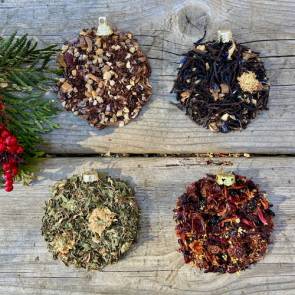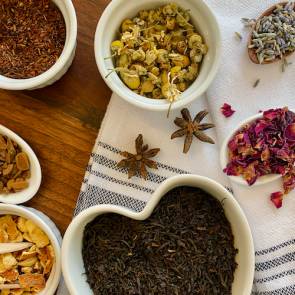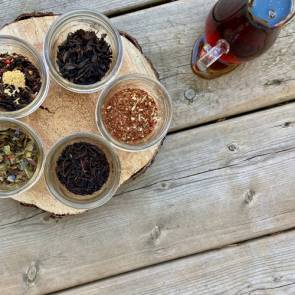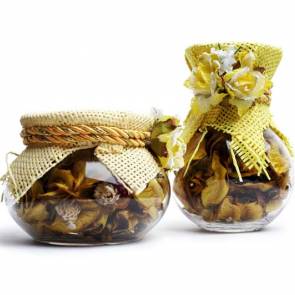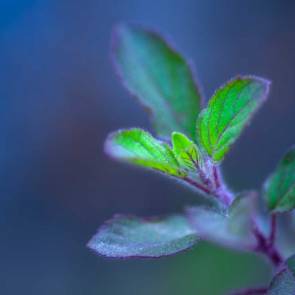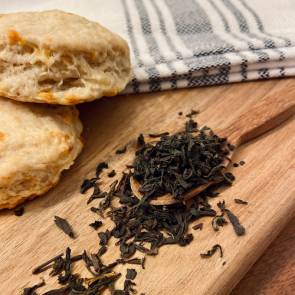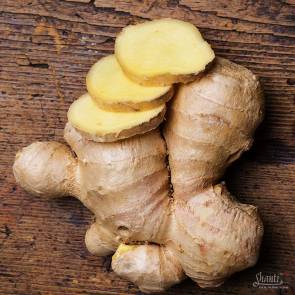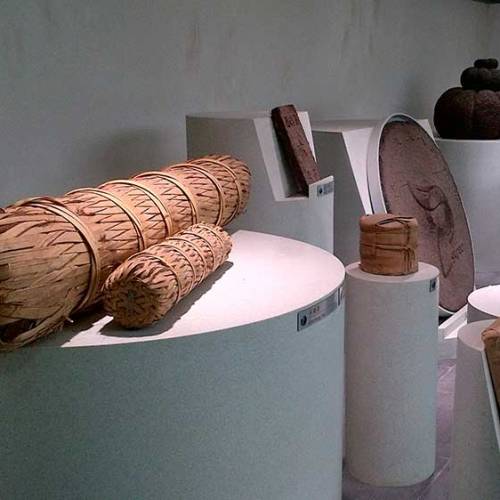
Hailing from a magical-seeming country and boasting a fascinating preparation process, Pu-Erh tea is one of the most unique ways to enjoy one of mankind’s oldest hot beverages. Even the name is special: Pu-Erh comes from a trading post that was often used to barter for such products as tea in the Imperial China.
The leaves for this tea are grown on trees in China’s Yunnan Province, a gorgeous rolling land covered with greenery, foothills, and mountains. Classically beautiful terraces provide rich earth in which luscious crops grow, waterways wind through misty mountains, and temples sit against cloud-draped vistas.
It is fitting, then, that one of China’s most innovative and unmatched teas should come from one of its most sweeping regions. The ripe discs of Pu-Erh are meant to be brewed quite differently from regular loose leaf. Instead of coming in a bag or in a container of unfettered leaves, this tea arrives pressed in a disk and all wrapped up. To make a pot, simply remove the wrapping, pinch off the amount you want (follow package directions), and make sure your water is boiling hot.
Next, rinse the tea by pouring boiling water over it and immediately dumping the water back out. Then brew the tea for a very short time, only five to thirty seconds, depending on your taste. Leaving it in the full amount will result in a much stronger, headier brew than the shorter end, so if you are new to the tea, experiment to find your taste. Around such a different preparation, ritual can quickly develop.
Post-fermented tea is certainly a different experience than the run-of-the-mill mug variety. For one thing, it has a very dark color that leads it to be known in China as dark or black tea. (Not to be confused with typical black tea, which is known in China as “red tea.”) Though this preparation comes in several varieties, the ones in Yunnan are specifically known as Pu-Erh tea.
The tea itself can come in two varieties: the regular leaves, which are referred to as being “raw,” and the “ripe” cakes, which means that they have already gone through the fermentation process and pressed into cakes. Raw leaves are dried, fried in a pan, shaped into leaves, then dried some more. When it is ready, it can officially be sold as “raw” tea.
If ripe Pu-Erh is desired, the fermentation process adds another long series of steps in which the tea is essentially composted. During this process it is exposed to specific bacteria and fungi in order to ferment it, a technique that must be carefully controlled. Teas that ripen more evenly are more highly prized because of their consistency and taste.
Our Pu-Erh is a wonderful way to introduce yourself to this unique flavor preparation without breaking the bank or embarking on a wild goose chase. Cultivated from tea trees in one of the most beautiful places in the world, this tea is representative of the fact that our Canadian Tea Company only sources the best.



